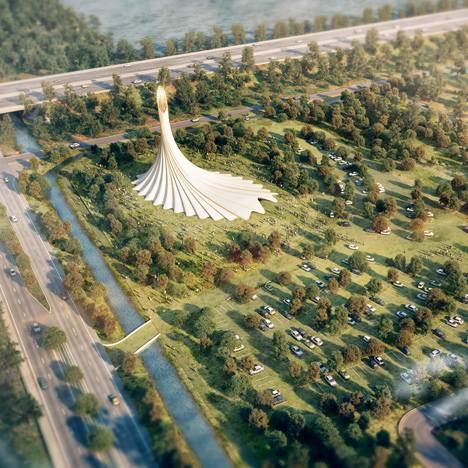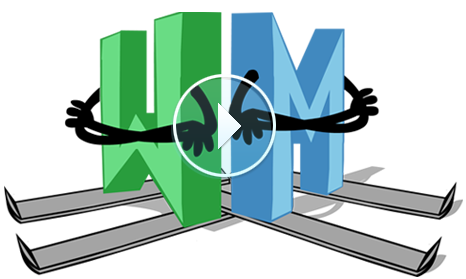Pictures Images Free Biography
Name: Parkour (Training Discipline)
Date Of Begain: 1 May 2007 by Parkour.
Parkour is a training discipline that developed out of military obstacle course training. Practitioners aim to move from one place to another, negotiating the obstacles in between. The discipline uses no equipment and is non-competitive. A male practitioner is generally called a "traceur", a female a "traceuse".
Developed by Raymond Belle, David Belle, Sébastien Foucan and other members of the original Yamakasi group, parkour became popular in the 1990s and 2000s through a series of documentaries and films featuring these practitioners and others.
"Le parcours" was the original word passed down to David Belle from his father Raymond Belle. This was the term Raymond used when speaking to David about the training he had done. The term derives from "parcours du combattant", the classic obstacle course method of military training proposed by Georges Hébert, but the term "le parcours" was used by Raymond to encompass all of his training including climbing, jumping, running, balancing, and the other methods he undertook in his personal athletic advancement. One day when David Belle was on a film set he showed his 'Speed Air Man' video to Hubert Koundé, who suggested to change the "c" of "parcours" to a "k" because it was more dynamic and stronger, and to remove the "s" for the same reason. Belle liked the idea and officially changed the name of his discipline to "parkour".
A practitioner of parkour is called a "traceur", with the feminine form being "traceuse". The original term was simply "tracer" without the 'u' but the word has evolved and now is accepted as having a 'u.' They are nouns derived from the French verb "tracer", which normally means "trace" or "trail", as in "he escaped without a trace". When asked recently, David Belle said he prefers not using the 'u' because it is more efficient. This term[which?] was the name of a parkour group headed by David Belle which included Stephane Vigroux.
Though Sébastien Foucan states in Jump London that "le parkour has always existed, freerunning has always been there, the thing is that no one gave it a name, we didn't put it in the box," the roots of the modern discipline can be traced.
In Western Europe, a forerunner of parkour was French naval officer Georges Hébert, who before World War I promoted athletic skill based on the models of indigenous tribes he had met in Africa. He noted, "their bodies were splendid, flexible, nimble, skillful, enduring, and resistant but yet they had no other tutor in gymnastics but their lives in nature." His rescue efforts during the 1902 eruption of Mount Pelée on Saint-Pierre, Martinique, reinforced his belief that athletic skill must be combined with courage and altruism.Hébert became a physical education tutor at the college of Reims in France. Hébert set up a "méthode naturelle" (natural method) session consisting of ten fundamental groups: walking, running, jumping, quadrupedal movement, climbing, balancing, throwing, lifting, self-defense, swimming, which are part of three main forces: During World War I and World War II, Hébert's teaching continued to expand, becoming the standard system of French military education and training. Thus, Hébert was one of the proponents of "parcours", an obstacle course, which is now standard in the military training and led to the development of civilian fitness trails and confidence courses.
According to Williams Belle, the philosophies and theories behind parkour are an integral aspect of the art, one that many non-practitioners have never been exposed to. Belle trains people because he wants "it to be alive" and for "people to use it". Châu Belle explains it is a "type of freedom" or "kind of expression"; that parkour is "only a state of mind" rather than a set of actions, and that it is about overcoming and adapting to mental and emotional obstacles as well as physical barriers.
A newer convention of parkour philosophy has been the idea of "human reclamation". Andy (Animus of Parkour North America) clarifies it as "a means of reclaiming what it means to be a human being. It teaches us to move using the natural methods that we should have learned from infancy. It teaches us to touch the world and interact with it, instead of being sheltered by it." "It is as much as a part of truly learning the physical art as well as being able to master the movements, it gives you the ability to overcome your fears and pains and reapply this to life as you must be able to control your mind in order to master the art of parkour."
A point has been made about the similarities between the martial arts philosophy of Bruce Lee and parkour. In an interview with The New Yorker, David Belle acknowledges the influence of Lee's thinking: "There's a quote by Bruce Lee that's my motto: 'There are no limits. There are plateaus, but you must not stay there, you must go beyond them. A man must constantly exceed his level.' If you're not better than you were the day before, then what are you doing—what's the point?".
Traceur Dylan Baker says "parkour also influences one's thought processes by enhancing self-confidence and critical thinking skills that allow one to overcome everyday physical and mental obstacles". A study by Neuropsychiatrie de l'Enfance et de l'Adolescence (Neuropsychiatry of Childhood and Adolescence) in France reflects that traceurs seek more excitement and leadership situations than do gymnastic practitioners.
A campaign was started on 1 May 2007 by Parkour.NET portal to preserve parkour's philosophy against sport competition and rivalry. In the words of Erwan LeCorre: "Competition pushes people to fight against others for the satisfaction of a crowd and/or the benefits of a few business people by changing its mindset. Parkour is unique and cannot be a competitive sport unless it ignores its altruistic core of self development. If parkour becomes a sport, it will be hard to seriously teach and spread parkour as a non-competitive activity. And a new sport will be spread that may be called parkour, but that won't hold its philosophical essence anymore." According to LeCorre, those who truly practice parkour have the same mind aspect of each other, therefore it brings people to work together rather than compete, it allows them to be united internationally and forget the social and economical problems which separated them globally, ultimately leading one giant community working and growing together.
Pictures Images Free

Pictures Images Free

Pictures Images Free


Pictures Images Free

Pictures Images Free

Pictures Images Free

Pictures Images Free

Pictures Images Free

Pictures Images Free

Pictures Images Free

Pictures Images Free

Pictures Images Free
No comments:
Post a Comment